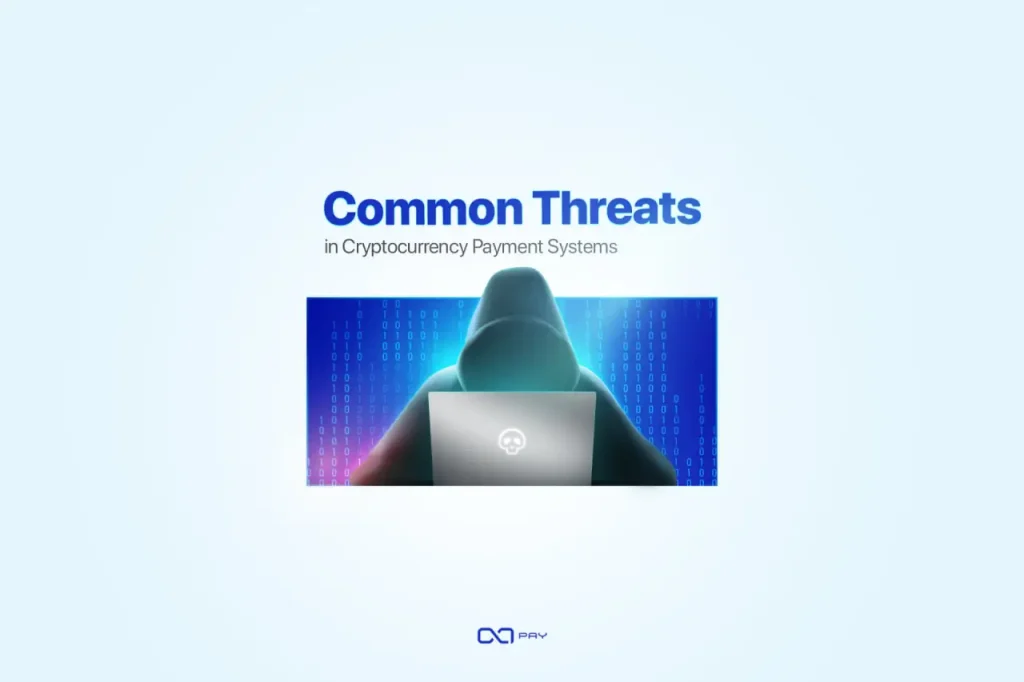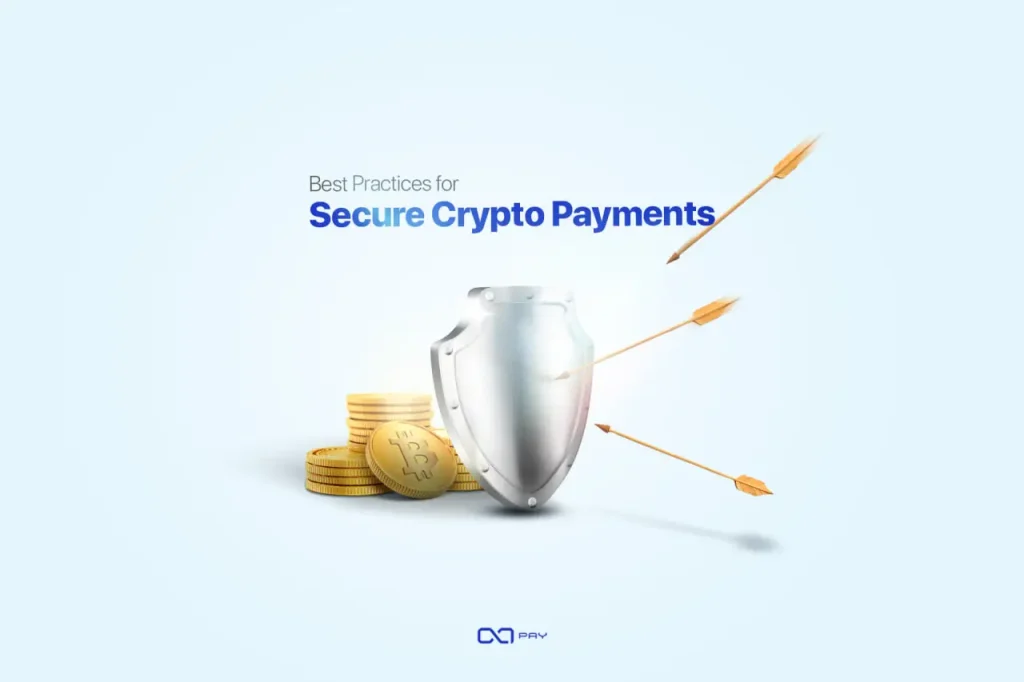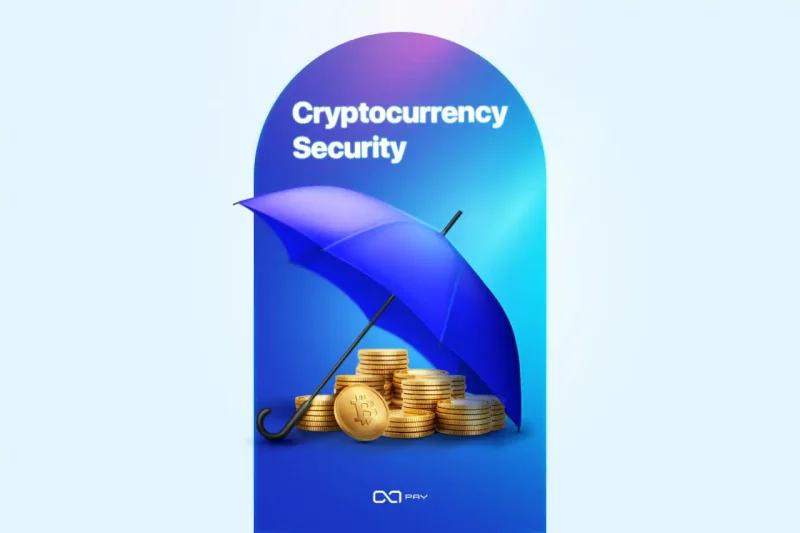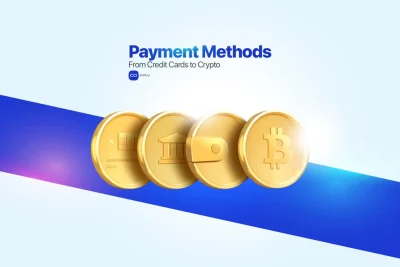With the rise of cryptocurrencies, businesses are increasingly adopting crypto payments to meet evolving customer needs. However, with this new financial landscape comes the responsibility to ensure secure transactions. Security in cryptocurrency payment systems plays a critical role in protecting businesses and customers from potential threats. In this article, we’ll explore why security is essential in crypto payments and highlight the best practices businesses can follow to safeguard transactions. Additionally, we’ll dive deeper into common threats, real-world examples, and emerging technologies enhancing payment security.
Why Security Matters in Cryptocurrency Payments
1. Protecting Against Cyber Attacks
Cryptocurrency transactions, like other digital financial activities, are vulnerable to hacking attempts. Weak security practices can expose wallets and accounts to unauthorized access, resulting in financial losses. Robust security measures, such as encryption and multi-factor authentication (MFA), act as the first line of defense against cyber threats.
2. Preventing Fraud and Double Spending
The decentralized nature of cryptocurrencies allows for greater transparency but also requires strong protections against fraud. Without proper safeguards, the same cryptocurrency could be spent more than once, a practice known as double spending. Blockchain’s consensus mechanisms, when combined with real-time transaction monitoring, help mitigate this risk.
3. Maintaining Customer Trust
Customers want to feel confident that their payments are processed securely. If a business cannot guarantee safe crypto transactions, customers may hesitate to use this payment option. Implementing strong security measures builds trust and helps businesses foster long-term relationships with their customers.
4. Compliance with Regulatory Standards
As governments and financial institutions create regulations around cryptocurrency payments, businesses must comply with these evolving rules. Secure payment systems ensure that businesses meet compliance requirements, reducing the risk of fines or legal complications.
5. Mitigating Internal Threats
Internal breaches, whether intentional or accidental, can lead to significant financial and reputational damage. Ensuring that only authorized personnel have access to sensitive data through role-based access controls (RBAC) reduces these risks.

Common Threats in Cryptocurrency Payment Systems
Phishing Attacks
Attackers use fake emails or websites to trick users into revealing sensitive information, such as private keys or login credentials.
Malware
Malicious software can compromise devices to steal funds or monitor transactions. Clipboard hijackers, for example, replace copied wallet addresses with those of attackers.
Distributed Denial-of-Service (DDoS) Attacks
DDoS attacks overwhelm payment gateways or exchanges, rendering services unavailable and potentially causing financial losses.
Exploits in Smart Contracts
Poorly coded smart contracts can be exploited to steal funds or manipulate transactions. Regular audits can mitigate these risks.
Insider Threats
Employees with access to sensitive systems can misuse their privileges to steal or leak information.
Social Engineering Attacks
Social engineering, including phishing, identity spoofing, and user manipulation, is a significant threat in cryptocurrency systems. Attackers exploit human vulnerabilities to bypass security measures, making education and awareness essential in combating these tactics.
Real-World Examples of Security Breaches
Case Study: Mt. Gox Hack
One of the most infamous cryptocurrency hacks, Mt. Gox, lost 850,000 Bitcoins in 2014 due to weak security practices. This incident highlighted the importance of cold storage and regular audits.
Case Study: Binance API Key Leak
In 2019, hackers exploited API keys to withdraw $40 million in cryptocurrency. Binance’s recovery measures included enhancing MFA and compensating users through an insurance fund.
The Role of Blockchain in Payment Security
Blockchain technology underpins the security of cryptocurrency transactions. Each transaction is recorded on a decentralized ledger, ensuring transparency and preventing tampering. Because blockchain records are immutable, businesses can trust the integrity of every payment. Additionally, public ledgers allow all participants to verify transactions, reducing the chance of disputes or fraudulent claims.
Advanced Blockchain Security Considerations
1. 51% Attacks
A 51% attack occurs when a single entity gains majority control over a blockchain’s hashing power, allowing them to manipulate transactions or double-spend coins. This highlights the importance of distributed and decentralized mining to maintain blockchain integrity.
2. Vulnerabilities in Smart Contracts
Smart contracts can be a point of failure if not properly coded. Exploits in contract logic can result in loss of funds or unintended behavior. Regular auditing and secure coding practices are essential to address these risks.
3. Consensus Mechanisms
Mechanisms like Proof of Work (PoW) and Proof of Stake (PoS) play a critical role in maintaining blockchain security. They ensure that transactions are validated by trusted participants and help prevent unauthorized modifications to the ledger.
Key Security Measures for Crypto Payment Systems
1. Encryption Technology
Encryption ensures that sensitive payment data is protected throughout the transaction process. Advanced encryption techniques transform information into unreadable code, preventing unauthorized access even if the data is intercepted.
2. Multi-Factor Authentication (MFA)
MFA requires users to verify their identity through multiple methods, such as a password and a code sent to their phone. This added layer of security makes it harder for attackers to gain access to accounts, even if one credential is compromised.
3. Cold Storage for Funds
Businesses should use cold wallets, which are stored offline, to hold a majority of their cryptocurrency reserves. Cold storage minimizes the risk of hacking, as these wallets are not connected to the internet and are therefore inaccessible to cybercriminals.
4. Webhooks for Real-Time Transaction Updates
Webhooks enable businesses to receive instant notifications about payment status changes. This helps detect and respond to suspicious activities in real-time, preventing fraudulent transactions from going unnoticed.
5. Role-Based Access Controls (RBAC)
Implementing RBAC ensures that only authorized personnel have access to sensitive financial data. Assigning specific roles and permissions to team members limits access and reduces the likelihood of internal breaches.
6. Regular Security Audits
Regularly audit payment systems to identify vulnerabilities. Security audits help ensure that measures are up to date with the latest threats and technologies.

Best Practices for Secure Crypto Payments
1. Educate Customers:
Inform customers about the importance of secure practices, such as verifying wallet addresses and avoiding public Wi-Fi when making payments.
2. Use Reputable Payment Gateways:
Work with established crypto payment gateway that prioritize security. These platforms provide built-in protections, such as fraud detection tools and encryption protocols.
3. Set Payment Confirmation Thresholds:
Increase security by requiring a specific number of confirmations on the blockchain before considering a payment complete.
4. Enable Auto-Conversion for Volatility Management:
To avoid market volatility risks, businesses can use platforms that offer automatic conversion of cryptocurrencies into stablecoins or fiat currencies upon receipt.
5. Backup Wallets and Keys:
Regularly back up wallets and private keys in secure locations to ensure recovery in case of data loss or device theft.
6. Adopt Biometric Security:
For mobile and app-based transactions, use biometric authentication like fingerprint or facial recognition for added security.
7. Collaborate with Security Experts:
Partner with cybersecurity firms to implement advanced monitoring and threat detection systems.
OxaPay: Setting a New Standard in Crypto Payment Security
In the ever-evolving world of cryptocurrency payments, security remains a top priority. OxaPay, a leading crypto payment gateway, sets the standard for secure transactions by integrating cutting-edge technologies and robust practices designed to protect both businesses and customers.
Advanced Security Features in OxaPay
- Comprehensive Encryption Protocols: OxaPay ensures end-to-end encryption for all transaction data, safeguarding sensitive information from unauthorized access during transfer.
- Multi-Factor Authentication (MFA): OxaPay strengthens account security by requiring MFA for logins, adding an additional layer of protection against unauthorized access.
- Cold Storage for Funds: A majority of funds managed by OxaPay are held in offline cold wallets, minimizing exposure to online threats and potential breaches.
- IP Whitelisting for Payouts: Businesses using OxaPay can restrict sensitive operations, such as payouts, to pre-approved IP addresses, ensuring unauthorized requests are automatically blocked.
- Real-Time Monitoring and Notifications: OxaPay offers instant transaction updates through webhook integrations, allowing businesses to detect and respond to suspicious activities immediately.
Why Choose OxaPay?
By combining these advanced features, OxaPay provides businesses with a secure and reliable platform to handle cryptocurrency payments. With customizable security settings and compliance with industry standards, OxaPay empowers businesses to focus on growth while maintaining confidence in the safety of their transactions.
Conclusion
Security is a non-negotiable aspect of cryptocurrency payment systems. As businesses embrace digital currencies, implementing strong security measures is essential to protect funds, build customer trust, and ensure compliance with regulations. From encryption and MFA to cold storage and blockchain’s transparency, businesses have powerful tools to secure their transactions. By adopting best practices, staying updated on emerging technologies, and learning from past breaches, businesses can confidently offer crypto payments and benefit from the advantages they bring.
Investing in security today not only prevents risks but also positions your business as a reliable and forward-thinking organization in the evolving world of digital payments.




